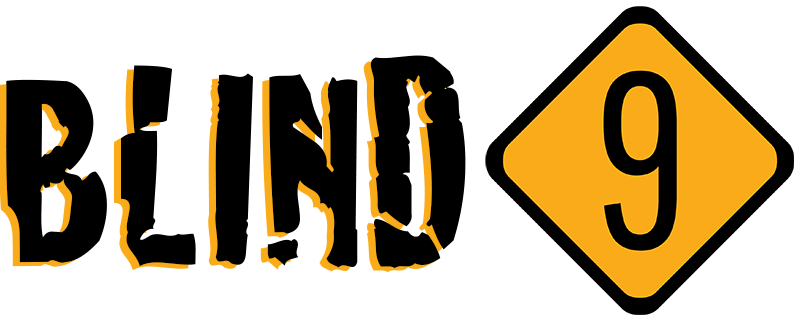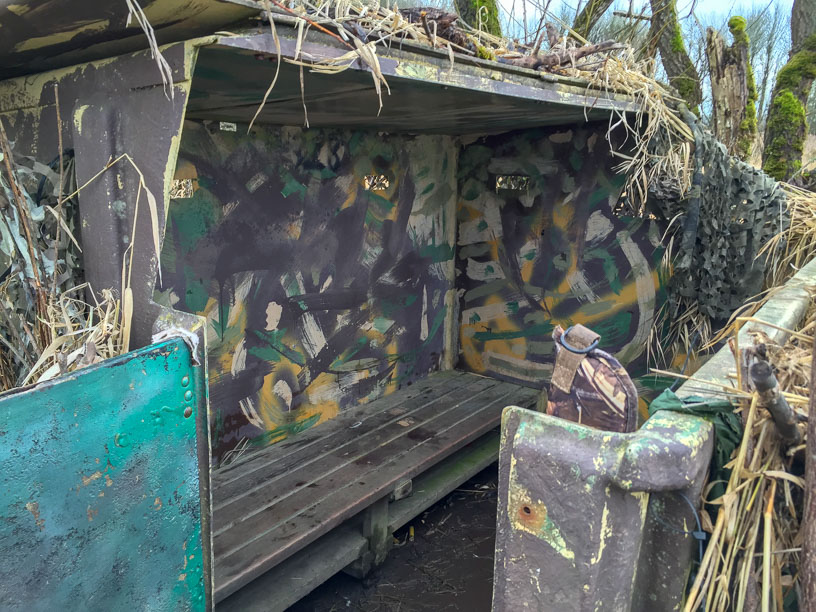Blind 13a at Ridgefield National Wildlife refuge is one of my favorite box blinds. It faces west so the winter sun, if it’s out, is rarely directly in your face. The walk is longer but the path is easy and mostly dry. The shallow ponds in front of the blind have a few spongy spots and a few submerged clumps and nutria holes, especially north of the blind, but otherwise it’s pretty easy to get around.
It’s also well-concealed. A tree is growing all around it and members of the Washington Waterfowl Association brush up this blind every season particularly well.
Best of all, it seems to attract a steady number of birds.
Hunting Style
I’ve hunted this blind many times and it can present the best of both pass shooting and feet-down, landing-in-the-decoys shooting. Birds tend to follow the treeline behind the blind (east) and can be lured into the blind.
This blind seems to have more than its share of pintails, probably because of all the flooded grass around it. I’ve worked pintails down into the water with a pintail call, but you have to be patient. It can take 3-4 passes, or more, before they decide to commit. Shovelers buzz through here a lot as well.
Every 10-15 minutes, quietly look to the flooded grasses to the right and behind the blind (the northeast side). Both shovelers and mallards can sneak into this spot. If you do get birds here, choose your shot wisely, as you don’t want stray pellets hitting the cars traveling the auto tour route behind the blind.
Decoys
Bring a good mixed bag of decoys, with a few pintails, widgeon, and teal in it – this is really true of Ridgefield in general. But since this blind attracts more pintails, I like to feature them in my spread.
I like to throw about half our decoys into the far water west of the blind and fill up that area. Then, depending on the wind, I will line the rest of the decoys along the northern or southern shores in small groups with the closest group, usually pintails, about 10 yards from the blind.
Finally, I like to throw a couple of marker decoys about 35-40 yards directly in front of the blind. I like to use either a couple of goose floaters or pintails. This set leaves a big landing zone in front of the blind but also gives you lots of opportunities at low passing birds as well.
Goose Opportunities
Geese picking up from the protected part of the refuge behind the blind and flying over the blind towards the river can sometimes be low enough to present good overhead shots. Otherwise, there’s not a lot of open grass or fields near the blind to set up a spread. Goose floaters can give you some looks, but beware of duskys.
Blind Details
Type: Box, 3-person
Pros: Easy, shallow pond for set-ups. One of the best-performing box blinds on the refuge. Good for pintails. Good camo as blind is set in a tree.
Cons: A longer (but fairly easy) walk.
Hunting Log


